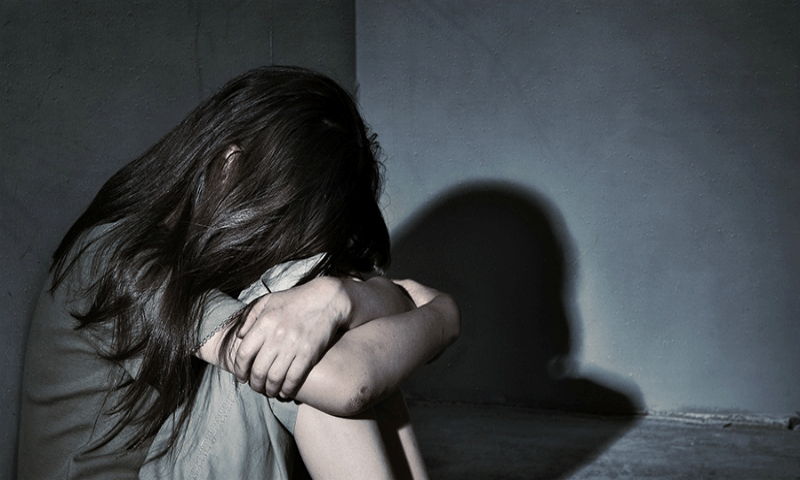Amazon, whose cloud storage services handle millions of uploads and downloads every second, does not even look for the imagery.
其云存儲服務每秒都要處理數以百萬計的上傳和下載量的亞馬遜則從未查找過這類圖像。
Apple does not scan its cloud storage, according to federal authorities, and encrypts its messaging app, making detection virtually impossible.
蘋果也沒有掃描其云端,據聯邦當局透露,甚至還加密了其聊天應用,不給檢測絲毫機會。
Dropbox, Google and Microsoft’s consumer products scan for illegal images,
Dropbox、谷歌和微軟的消費產品倒是會掃描非法圖像,
but only when someone shares them, not when they are uploaded.
但也只是在有人傳播時才會掃描,上傳時則未曾掃描。
And other companies, including Snapchat and Yahoo, look for photos but not videos, even though illicit video content has been exploding for years.
Snapchat和雅虎等企業查找了照片但沒有查找視頻,盡管多年來一直不斷有非法視頻內容被上傳到其平臺。
(When asked about its video scanning, a Dropbox spokeswoman in July said it was not a “top priority.”
(當被問及掃描視頻一事時,Dropbox的一位女發言人在7月份表示,這不是它們的“當務之急”。
On Thursday, the company said it had begun scanning some videos last month.)
本周四,該公司表示,上個月他們已經開始掃描部分視頻了。)
The largest social network in the world, Facebook, thoroughly scans its platforms,
全世界最大的社交網絡Facebook對其平臺進行了徹底的掃描,
accounting for over 90 percent of the imagery flagged by tech companies last year,
在去年被科技公司標記的圖像中,有90%以上的圖像都是該公司貢獻的,
but the company is not using all available databases to detect the material.
然而,該公司并沒有使用所有可用的數據庫來篩查這類圖像視頻資料。
And Facebook has announced that the main source of the imagery, Facebook Messenger, will eventually be encrypted, vastly limiting detection.
他們還宣布,他們最終還是會加密這類圖片的主要來源Facebook Messenger,屆時檢測將會受到極大限制。
“Each company is coming up with their own balance of privacy versus safety, and they don’t want to do so in public,”
“每家公司都在思考如何權衡隱私與安全,但他們不想明著這么做,”

said Alex Stamos, who served as chief of information security at both Facebook and Yahoo.
曾擔任Facebook和雅虎兩家公司的信息安全主管的亞歷克斯·斯塔莫斯解釋道。
“These decisions actually have a humongous impact on children’s safety.”
“他們的態度其實會對兒童安全造成巨大的影響。”
Tech companies are far more likely to review photos and videos and other files on their platforms for facial recognition, malware detection and copyright enforcement.
基于人臉識別,惡意軟件檢測和版權保護等考量,科技公司審查其平臺照片、視頻及其他文件的時間要比其他公司高得多。
But some businesses say looking for abuse content is different because it can raise significant privacy concerns.
然而,一些企業表示,為查找侵害(兒童的)內容而審查性質會不一樣,因為可能引發嚴重的隱私問題。
Tech companies are loath to be seen going through someone’s photos and videos,
科技公司不愿外界看到他們瀏覽用戶的照片或視頻,
and imagery flagged in automated scans is almost always reviewed by a person later.
而自動掃描標記的圖像幾乎無一例外地都會經過人工的二次審查。
“On the one hand, there is an important imperative to protect personal information,”
“一方面,保護(用戶)個人隱私是(科技公司)不容懈怠之職,”
said Sujit Raman, an associate deputy attorney general in the Justice Department.
司法部協理副部長蘇吉特·拉曼說。
“On the other hand, there is so much stuff on the internet that is very damaging.”
“另一方面,網上危害力大的東西又實在是太多太多了。”
The main method for detecting the illegal imagery was created in 2009 by Microsoft and Hany Farid,
檢測非法圖像的主要手段是2009年微軟
now a professor at the University of California, Berkeley.
和現任加州大學伯克利分校教授的哈尼·法立德聯合開發的一個軟件。
The software, known as PhotoDNA, can use computers to recognize photos,
該軟件名為PhotoDNA,可借助電腦識別照片,
even altered ones, and compare them against databases of known illegal images.
處理過的照片也能識別,并將它們與已經確定的非法圖像數據庫進行比對。
Almost none of the photos and videos detected last year would have been caught without systems like PhotoDNA.
如果沒有PhotoDNA這樣的系統,去年檢測到的幾乎所有照片和視頻都將無法捕獲到。
譯文由可可原創,僅供學習交流使用,未經許可請勿轉載。



